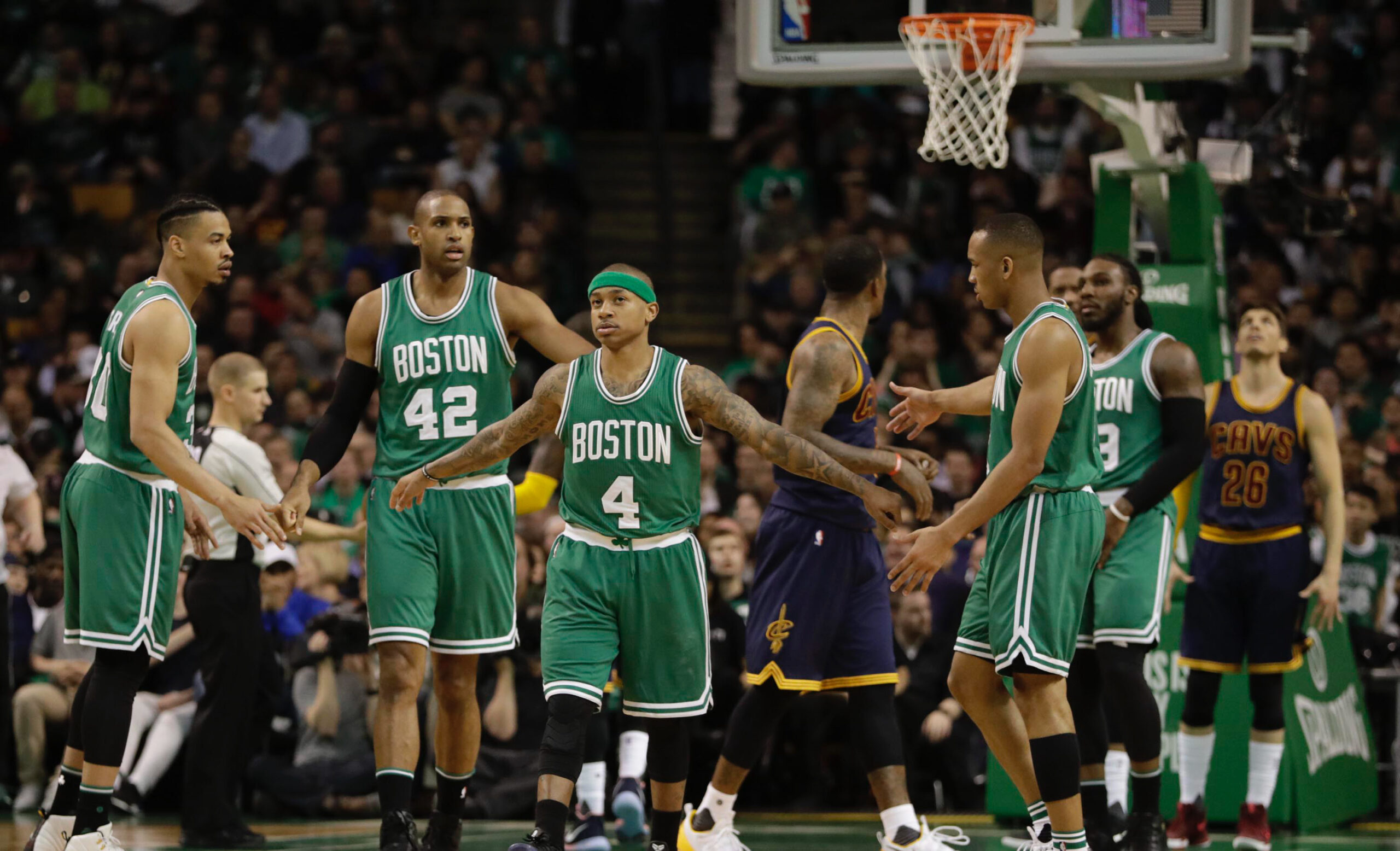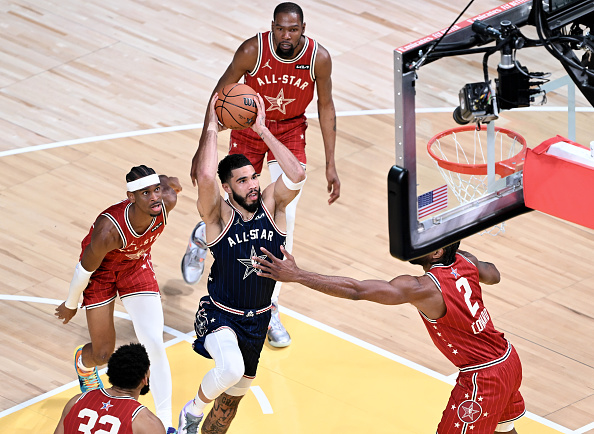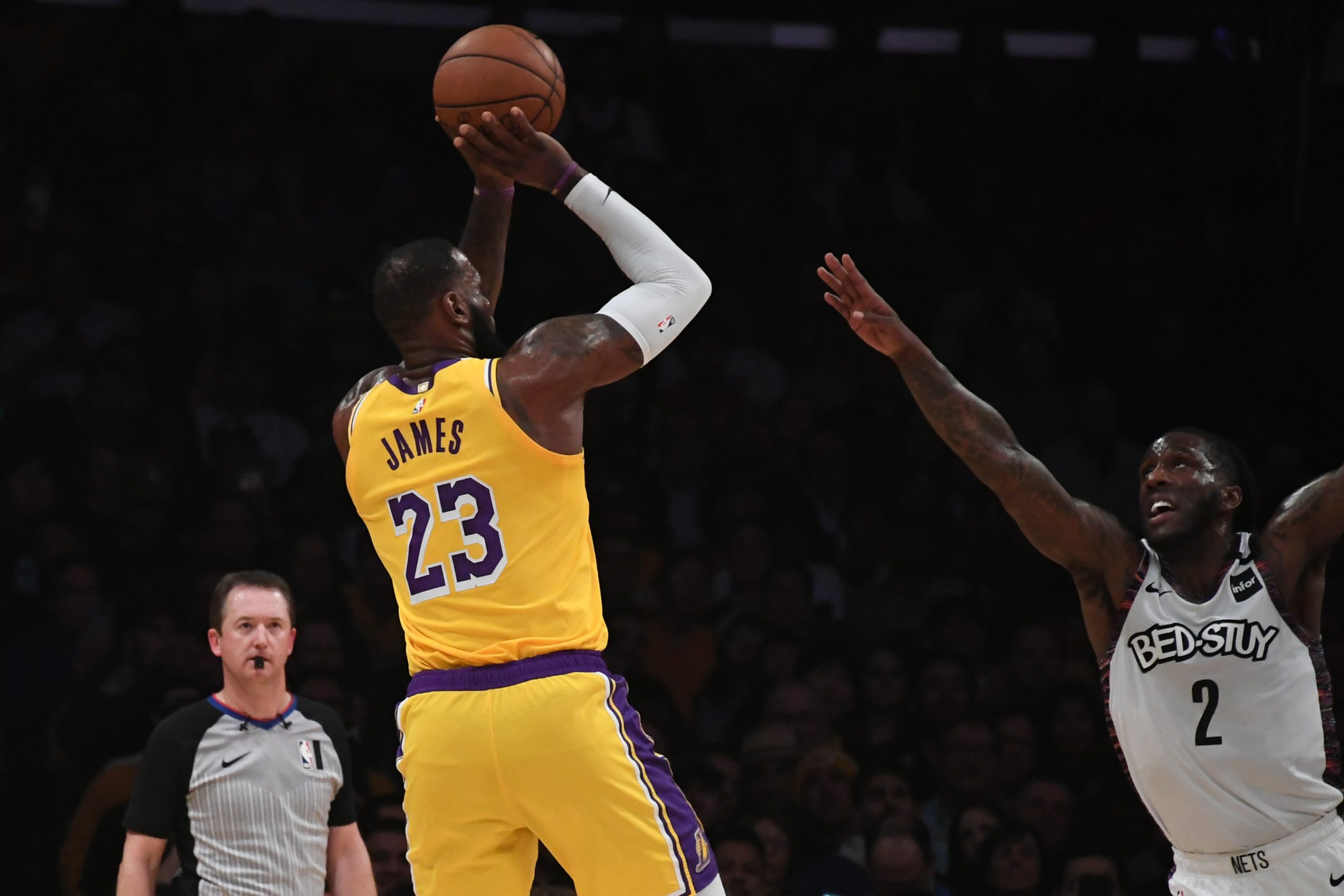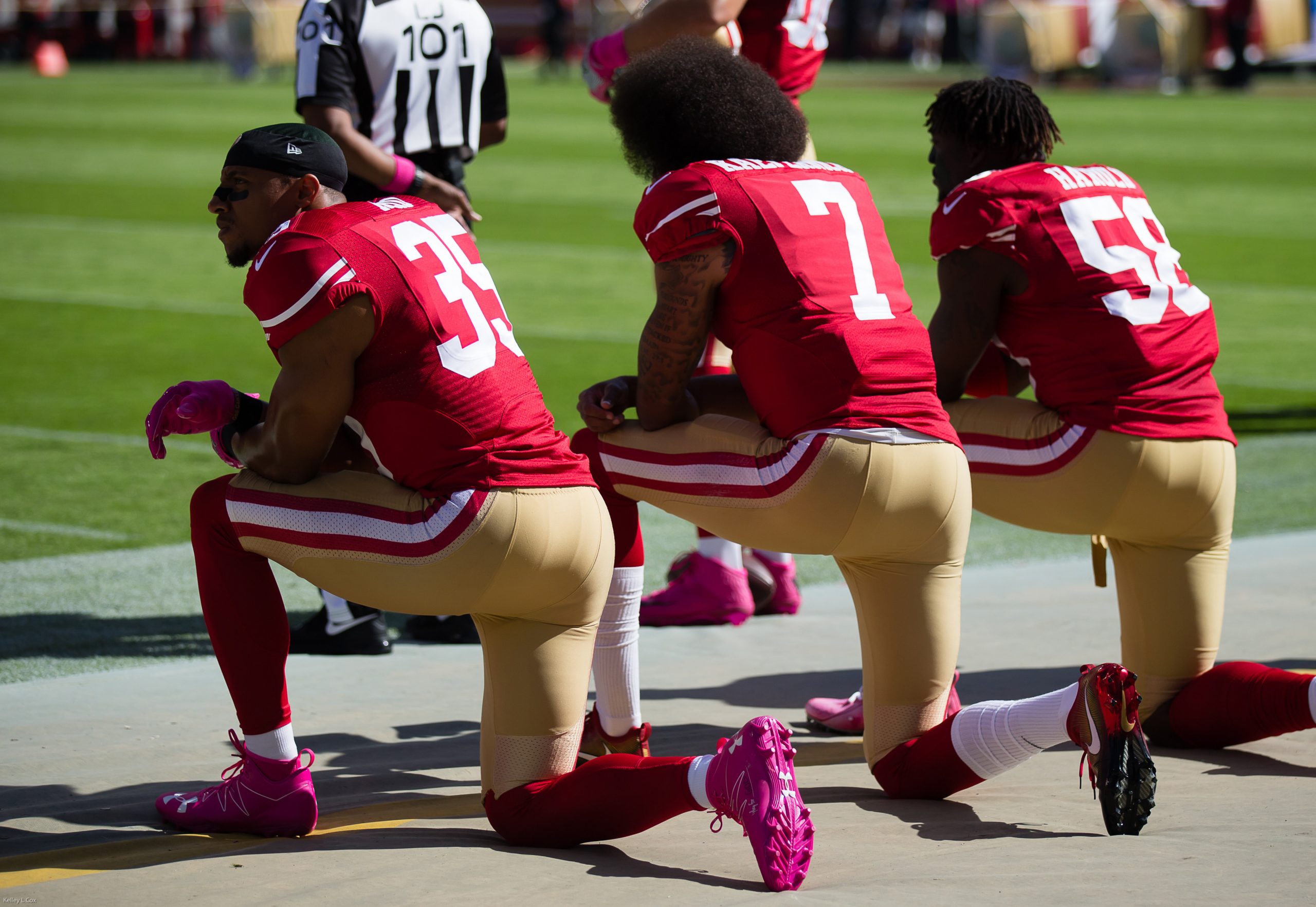2017 was a legitimate revival of sorts for Boston basketball. Not only by virtue of the shocking degree of success that the team experienced, but because of the excitement generated around the Celtics’ star point guard, Isaiah Thomas.
For the first time since the departure of Paul Pierce and Kevin Garnett, the Celtics possess a star capable of regularly altering the course of a game through his own volition. A dynamic scorer who consistently finds a way to let his presence be known in the fourth quarter, harmonizing his incredible scoring outbursts with Boston’s boisterous crowd. Thomas’ unique ability to manufacture offense on a whim perfectly coalesced with the Celtics array of stout perimeter defenders and marginally talented shooters.
Prior to the 2016-17 season, I predicted that the Celtics would finish 52-30, propelled to the second seed in part due to the addition of Al Horford, but more so their greater sense of continuity. However, I never expected Isaiah Thomas’ game to progress so drastically, eliminating his inescapable propensity for turnovers and becoming a viable scoring threat from all areas on the floor. However, the pieces around Thomas are what helped accentuate his unique and relentless style of attack. Whether it be Avery Bradley’s improved accuracy from behind the line and always-elite defense, or Al Horford’s healthy balance of shooting and post play.
In the end, the Celtics finished 53-29, and shockingly laid claim to the first seed in the Eastern Conference, stealing it from Cleveland in part due to a series of teams resting as the season wained. Still, basketball fans couldn’t help but marvel at the Celtics progression since 2014, when the team improbably fell to the bottom of the conference after Pierce and Garnett were traded to Brooklyn. Come playoff time though, the sudden loss of Isaiah Thomas’ younger sister wove itself into the fabric of this Celtics team’s identity. For Isaiah Thomas, it became a testament to his indomitable will and mental fortitude, and for his teammates, their leaders ordeal became a rallying cry, and set the tone for how they would approach each and every game.
After being routed in their first two contests against the Chicago Bulls, in Boston, the Celtics won four straight to finish the series in six games, thanks in part to Rajon Rondo’s injury, and crucial adjustments made by coach Brad Stevens.
In the second round, the Celtics squared off against their newfound rival, the Washington Wizards, led by their equally talented point guard John Wall. The series lasted seven games, with the home team winning all seven. So, of course the Celtics home court advantage ultimately played a crucial role in their victory, clinching the series after an incredibly contentious Game No. 7 in Boston Garden.
Finally, the Celtics Cinderella season ended in a five game blood bath against the Cleveland Cavaliers. Suffering three blowout losses, one Game No. 4 meltdown, and one lone win — manifesting in the form of a shocking upset in Game No. 3 without Isaiah Thomas. Regardless, the series accurately rendered the gap between Boston and Cleveland in stark black and white, leaving the Celtics with more questions than answers heading into the offseason.
Regardless of what the future holds for the Celtics, fans couldn’t possibly be disappointed with this particular team. Whether or not the Celtics decide to build for 2018 or 2020, it’s obvious that the team’s present rotation of Isaiah, Smart, Rozier, Bradley, Crowder, Jaylen Brown, Gerald Green, Horford, Olynyk, Amir Johnson and Jerebko are a great core to continue building upon.







